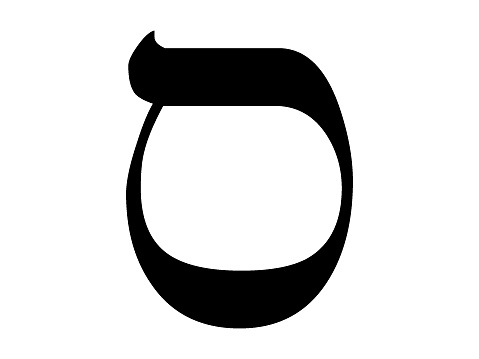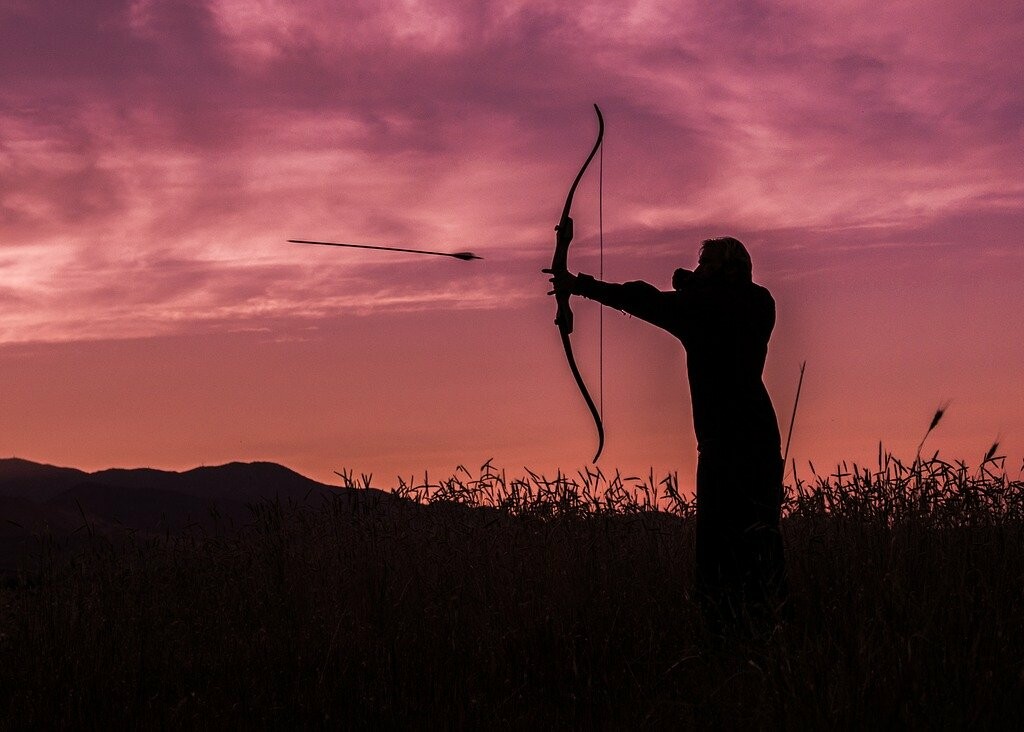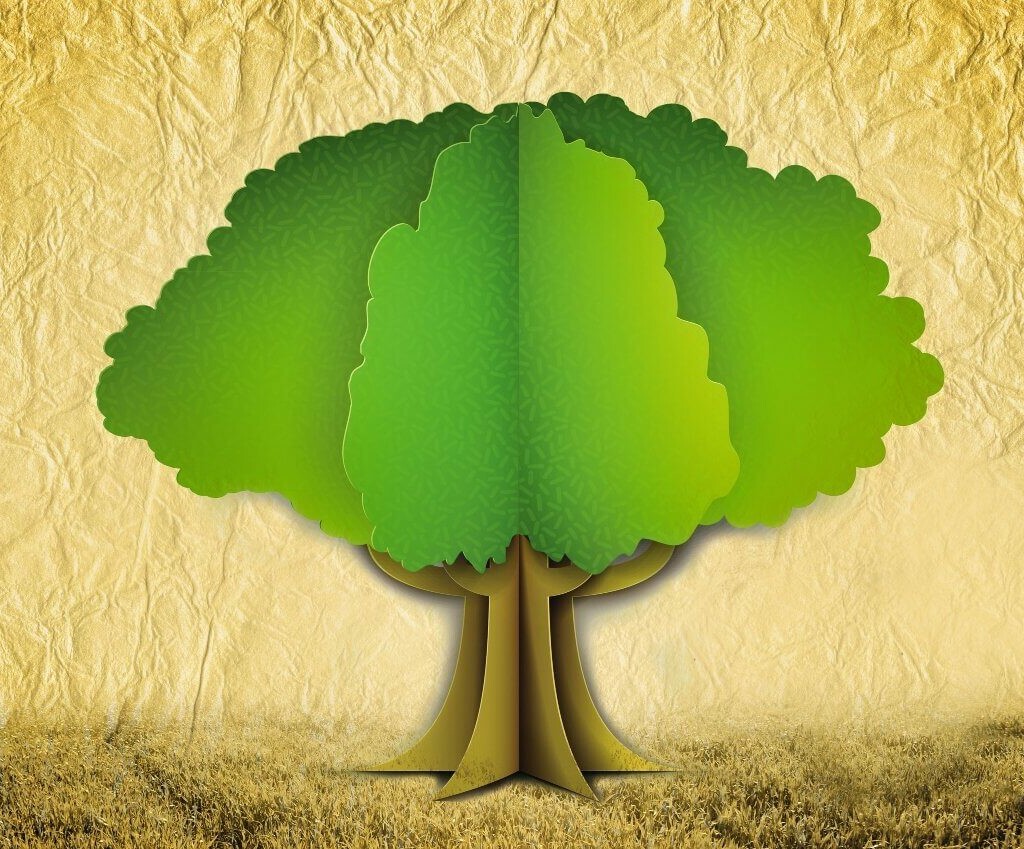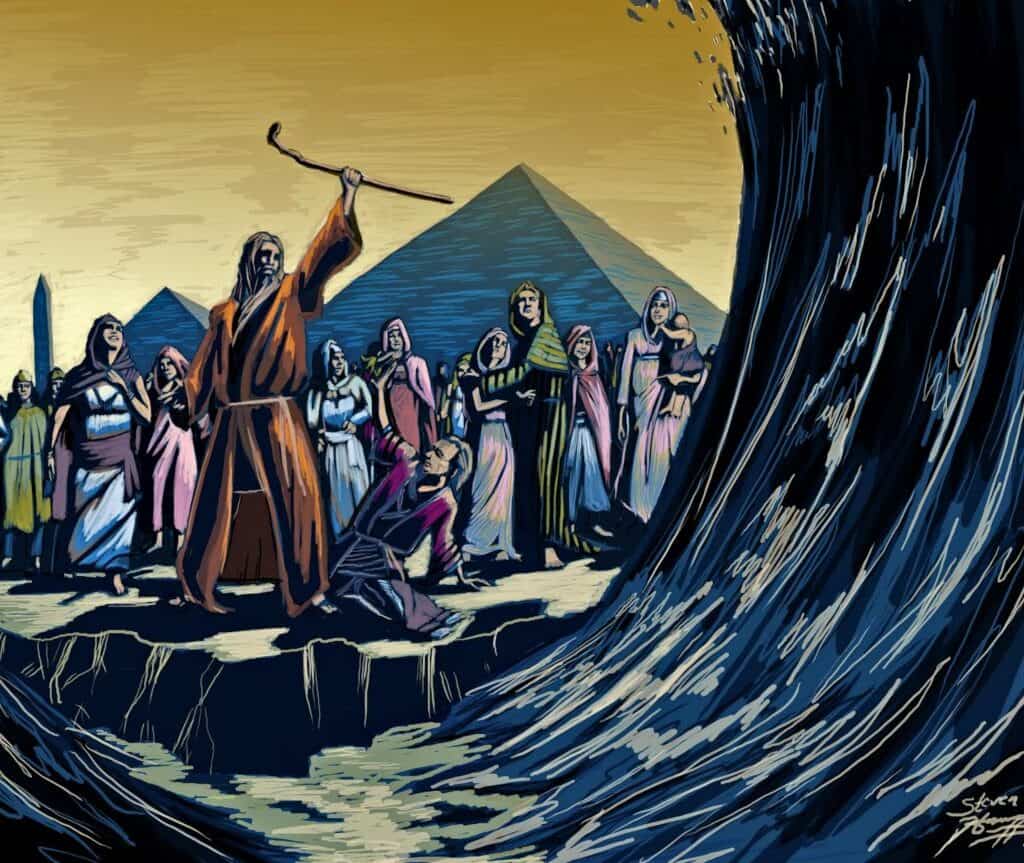Kislev, a month in the Hebrew calendar, marks a special season where history, spirituality, and celebration converge. It’s a period that captures the essence of Jewish faith, intertwining ancient history with timeless spiritual principles.
Month of Kislev and Hanukkah: A Bridge Between Two Months
Hanukkah, the “Festival of Lights”, is unique in the Jewish calendar for spanning two distinct months: Kislev and Tevet. This festival commemorates the victory of the Hasmoneans (Maccabees) over the Hellenistic empire and the miracle of the oil in the Temple.
The duration of Hanukkah symbolizes not only a historical miracle but also a bridge between the past and the present, inviting the faithful to reflect on the continuity and survival of their faith over time.
Kislev is a month of dualities: It is characterized by its winter rains, but also by the lights of Hanukkah. These natural and symbolic elements reflect two aspects of faith: “bitachon” (trust) and action.
While the rains can be seen as a passive divine blessing, the lights of Hanukkah represent active faith and the resistance of the Hasmoneans against cultural and religious oppression.
The 19th of Kislev, the day of the liberation of Reb Shneur Zalman, founder of Chabad Hasidim, marks another significant milestone. This day symbolizes the spread of profound spiritual wisdom, a call to integrate the teachings of Hasidism into everyday life. The story of his imprisonment and subsequent liberation is a powerful reminder of the resilience and strength of the Jewish faith.
The Letter Samech and the Color Blue-Violet

The Hebrew letter Samech, associated with Kislev, signifies “support” or “sustenance.” Its circular shape symbolizes omnipresence and divine providence, a concept deeply ingrained in the Jewish faith. The idea that God constantly supports and protects His people is central to the spirituality of Kislev.
Mazal of Kislev: “Keshet” (Sagittarius)
The zodiac sign of Kislev is Sagittarius, symbolized by the bow. This reflects the ability of the Hasmoneans, who, armed with their faith and trust in God, courageously rose up against their oppressors.
The tribe of Benjamin, known for its archery skills, is also connected to this month, representing the combination of skill and faith.
Cohanim and Benjamin: A Meeting of Souls in the Sacred Temple
The Arch of Benjamin and Celestial Peace: Spiritual Synthesis in Judaism
In Judaism, understanding the history and spirituality of the tribes of Israel is essential. Among these tribes, the Cohanim and Leviim hold a special place. They are not associated with the months of the year as the other tribes are, according to the teachings of the Arizal.
The Cohanim are seen as a spiritual incarnation that encompasses and reflects the essence of all tribes, representing an integral dimension of the Jewish soul.
This notion is particularly evident in the relationship between the Cohanim and the tribe of Benjamin. The sacred Temple, located in the region of Israel corresponding to Benjamin, where the Cohanim performed their duties, symbolizes the deep bond between these two entities.
This relationship is akin to the intimate connection between soul and body, each being indispensable to the other.
The arch of Benjamin, symbolic of a sacred conflict, is confronted and overcome by the Cohanim. This confrontation is, in reality, an extension of the concept of peace between God and Creation, represented by the rainbow of Cheshvan.
In Jewish tradition, this confrontation is seen as a fusion of opposing forces, uniting the heavenly and the earthly…




